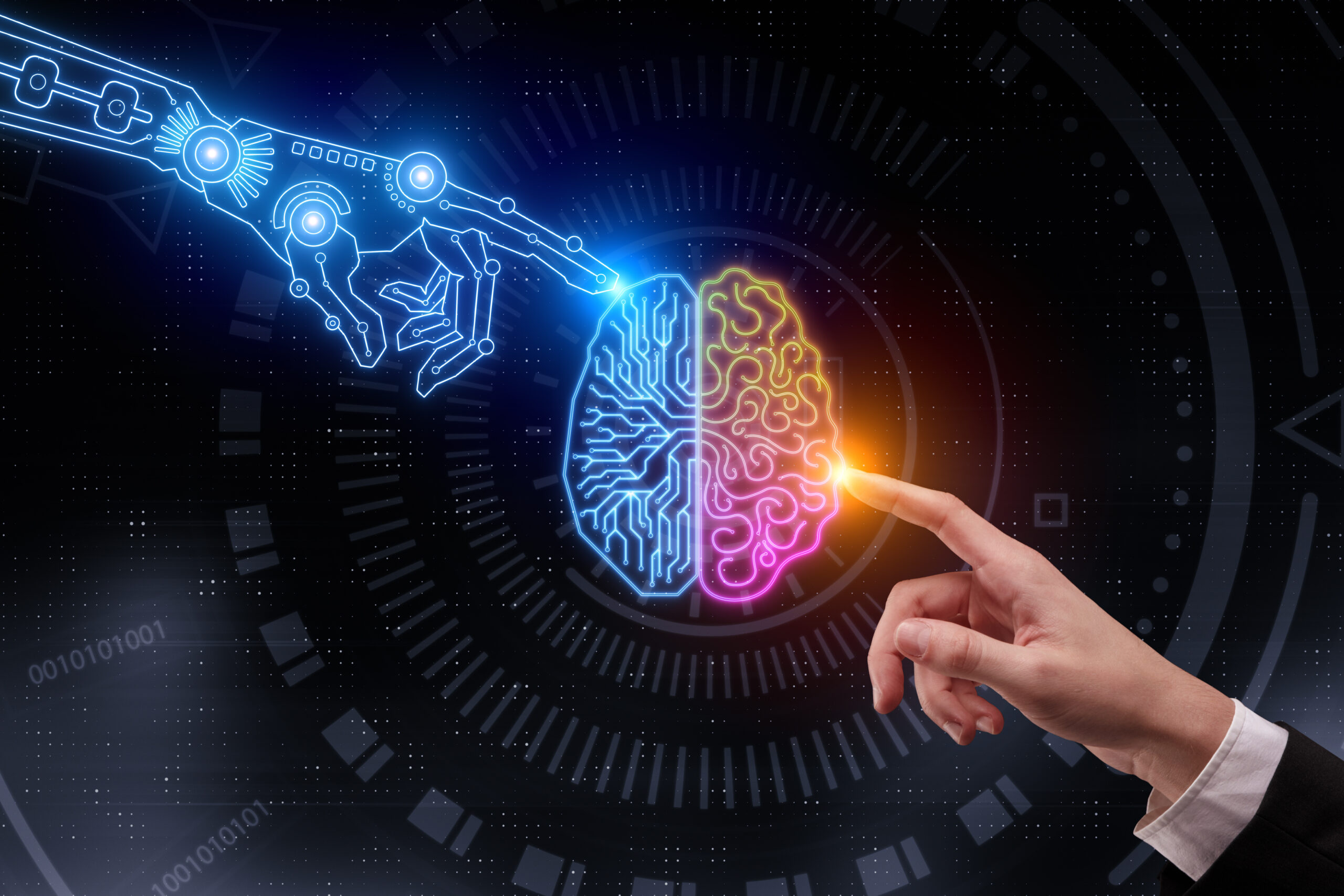Future of Applied Behavior Analysis (ABA) and Technological Advancements
If you’re fascinated by people, and how they make decisions, one of the most enriching career paths to pursue would be applied behavior analysis. The term encompasses a scientific approach to analyzing behavior and learning. However, ABA and technological advancements go hand in hand.
Applied behavior analysts would still be involved in tasks like promoting positive behaviors in children with autism spectrum disorder, mental health concerns, or special needs. For example, ABA professionals might assist children with everything from verbal interaction to daily hygiene to be able to study the behavior at close range and make suggestions on how to change it. However, as technology continues to transform ABA’s reach and methodology, this type of therapy could become much more accessible to people who need it.
Learn more about ABA and its associated technological advancements below.
Historical Context
In the past, applied behavior analysis relied strictly on direct observation and one-on-one interaction with a patient. ABA looks very different today, incorporating the technological advancements and modern equipment seen in other industries, such as:
- Tablets
- Assistive communication devices
- Computer applications and games
Innovations in technology continue to bring tools and integrative approaches to the world of ABA, and patient learning is better for it.
Technological Advancements in ABA

The technological landscape is vast and ever-changing, with many of these innovations helping ABA professionals make the most of their time with their patients. For example, below are some technological advancements you can expect to see used in ABA today:
Digital Data Collection and Analysis
One of the primary ways ABA specialists use new technology is through digital data collection.
Traditional therapy sessions made use of pen and paper, with therapists writing down their findings during in-person sessions. Data collection looks very different now because of computers and smartphones. It’s easy for ABA therapists to record their data, access it, and analyze it afterward.
Digital devices like laptops and webcams are also useful for telehealth visits, which are continuing to grow in all areas of medicine. One 2018 meta-analysis in the Journal of Autism and Developmental Disorders covered 28 studies on ABA via telehealth with children on the autism spectrum. The results found that telehealth services effectively provided:
- Functional analyses
- Naturalistic teaching
- Behavioral support
- Comprehensive training
Telehealth services also address accessibility concerns because children who live in remote areas can receive care. This also benefits the many children who struggle with in-person visits due to anxiety or distress outside of the home.
Virtual Reality (VR) and Augmented Reality (AR) in ABA
Another example of ABA and technological advancements is the use of VR and AR pieces. Virtual reality or augmented reality is dominating the gaming industry. However, it also immerses children in an interesting world outside of their own, which is a major asset to applied behavior analysis.
VR headsets allow children to practice navigating real-world scenarios, such as common social interactions and reactions to certain emotional circumstances. It allows the child to feel safe from any negative repercussions, giving them the space to enhance their mental or emotional responses.
For example, a study from the Centre for Innovative Applications of Internet and Multimedia Technologies used computer-generated scenarios to help children with autism spectrum disorder develop their social skills. VR sets led the children through six different scenarios that called for varying emotional and mental reactions, acting as an effective training tool for social behavior.
Mobile Applications and ABA
Mobile apps prove useful tools for ABA therapists who are teaching habits. These apps act as an accessory to the lessons taught in person, such as apps that teach and enforce proper hygiene. Teaching a child how to correctly brush their teeth through fun animations and videos help them navigate this everyday concept, just as it works for telling time or counting.
Wearable Technology
Tech equipment has become less bulky and simpler to use, so wearable devices are continuing to gain traction with an ever-widening range of functions. One example is the smartwatch, which tracks steps, sleep, stress, and even heart rhythm.
Some ABA specialists utilize devices like this in their treatment methods to track a child’s motion and record spikes and dips in activity throughout the day. ABA specialists use this information to examine patterns in the child’s physical behavior and respond accordingly.
Artificial Intelligence and Machine Learning in ABA
Unsurprisingly, AI is another area where we see the beneficial relationship between ABA and technological advancements. While there is controversy surrounding the use of artificial intelligence in several industries, it’s become a useful resource in applied behavior analysis. For example, many ABA therapists now utilize AI and machine learning to help children enhance their social skills.
One study conducted at the University of Southern California found that robots and machine learning stimulated engagement in children with autism. With stimulation from the robot, the children could be reengaged when their attention began drifting away from the task at hand. During the study, video and audio data tracked eye contact and other factors to assess the child’s level of involvement.
Implications of Technological Advancements
The possibilities of integrating modern technology with ABA are clear, but there are both benefits and challenges to the practice.
Benefits
- Personalization: Patients receive customized interventions to meet their unique needs.
- Efficiency: Therapists perform faster evaluations and access data more easily.
- Accessibility: Patients in remote areas or underserved populations receive care through telehealth.
Challenges
- Privacy concerns: Data breaches could put sensitive client information in jeopardy.
- Over-reliance: Device reliance could decrease human intuition and experienced insight.
- Initial costs: Purchasing devices like tablets and webcams is expensive.
- Training: Using new technology requires ongoing training to ensure specialists are well-versed in it.
Real World Applications

Numerous studies show a positive relationship between ABA and technological advancements. For example, a 2013 study in the Journal of Applied Behavior Analysis assessed the impact of telehealthcare on 20 children displaying problematic behavior. The behavior analysts effectively used web camera technology to engage these children and provide successful functional analyses.
ABA therapists are also seeing the impact of technology on patients experiencing mental health struggles. The 2017 re-launching of an app called Mobilyze showed benefits for people suffering from depression. This smartphone app uses sensors to record and analyze patterns of online behavior indicating depressive episodes with about 90% accuracy.
Future Predictions and Concluding Thoughts
ABA and technological advancements have a successful relationship, helping providers and patients succeed. As AI tools burgeon, the increased use of these resources is likely. As such, integrating AI for diagnosis and developing treatment plans seems reasonable within ABA therapy.
As technological devices still present concerns of data breaches and cyberattacks, caution when implementing modern technology to treat patients is wise. It’s also good to remember that human intuition and hands-on experience hold weight when addressing autism spectrum disorder and other behavioral issues; technology won’t change that.
Appendices and Further Reading
Popular Examples of ABA and Technological Advancements
- Google Glass AR
- Mobilyze smartphone App
- Telehealth Webcam services
- Double Robotics Duo 2 telepresence robot
- Fitbit smartwatch
- Swivl video consultation
Further Reading
Technology to Facilitate Telehealth in Applied Behavior Analysis – PMC (nih.gov)






